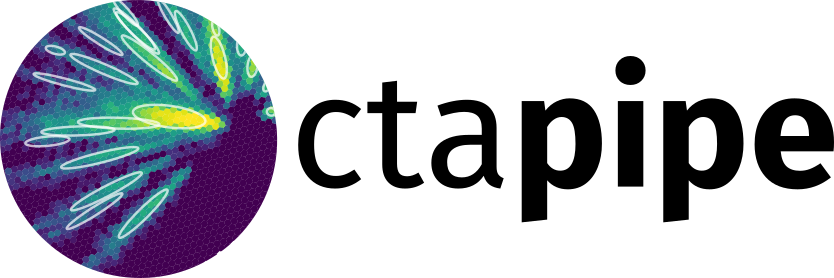Image Cleaning#
Cleaning/denoising of images (tailcuts cleaning, dilation, filtering).
An example of image cleaning and dilation:

API Reference#
ctapipe.image.cleaning Module#
Image Cleaning Algorithms (identification of noisy pixels)
All algorithms return a boolean mask that is True for pixels surviving the cleaning.
To get a zero-suppressed image and pixel
list, use image[mask], geom.pix_id[mask], or to keep the same
image size and just set unclean pixels to 0 or similar, use
image[~mask] = 0
Functions#
|
Clean an image by selection pixels that pass a two-threshold tail-cuts procedure. |
|
Clean an image by removing pixels below a fraction of the mean charge in the |
|
Add one row of neighbors to the true values of a pixel mask and return the new mask. |
|
Clean an image by selecting pixels that pass a three-threshold tail-cuts procedure. |
|
Clean an image by selection pixels that pass the fact cleaning procedure. |
|
Identify all pixels from selection that have less than N neighbors that arrived within a given timeframe. |
|
Extract all pixels that arrived within a given timeframe with respect to the time average of the pixels on the main island. |
|
Time constrained cleaning by MAGIC |
|
Clean an image in 5 Steps: |
Classes#
|
Abstract class for all configurable Image Cleaning algorithms. |
|
Clean images using the standard picture/boundary technique. |
|
Clean images based on lstchains image cleaning technique described in [LST23]. |
|
1st-pass MARS-like Image cleaner (See |
|
Clean images using the FACT technique. |
|
MAGIC-like Image cleaner with timing information (See |
Class Inheritance Diagram#


